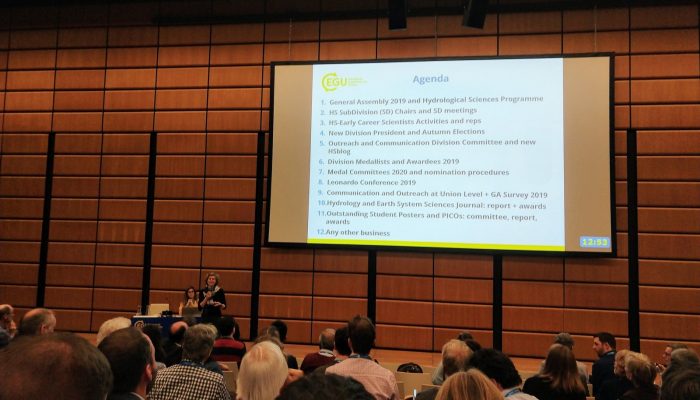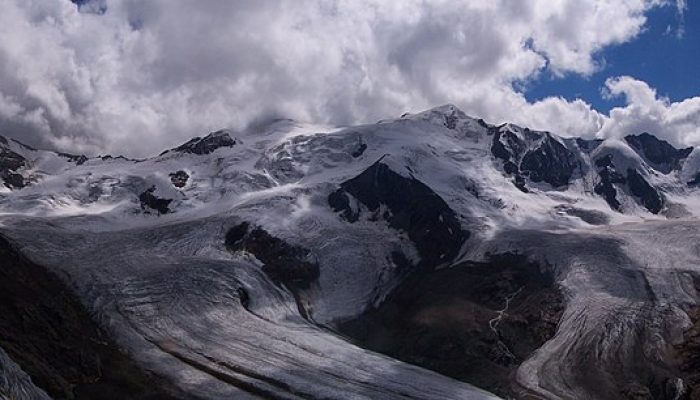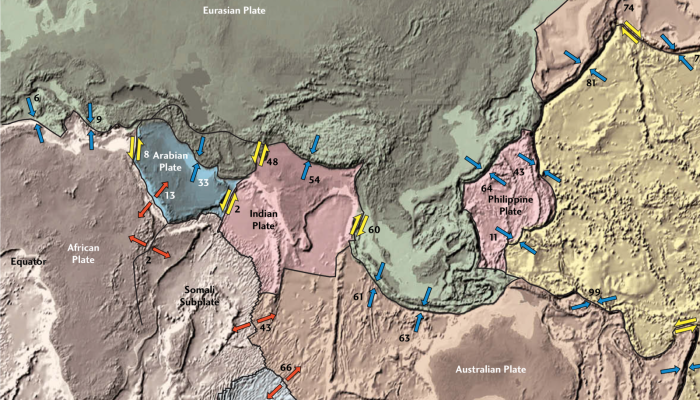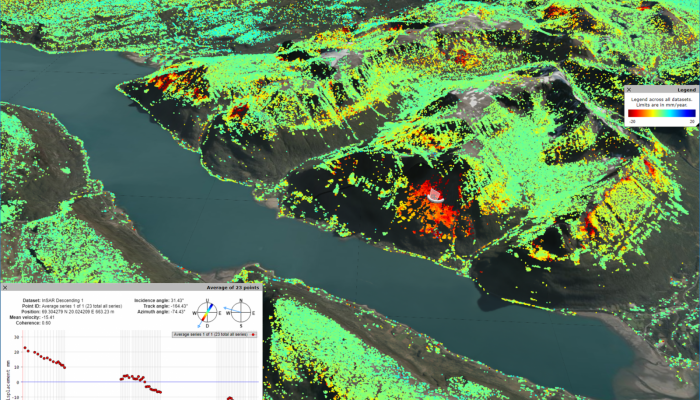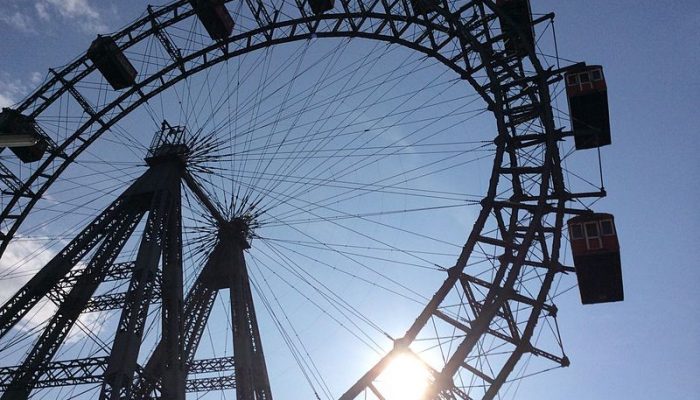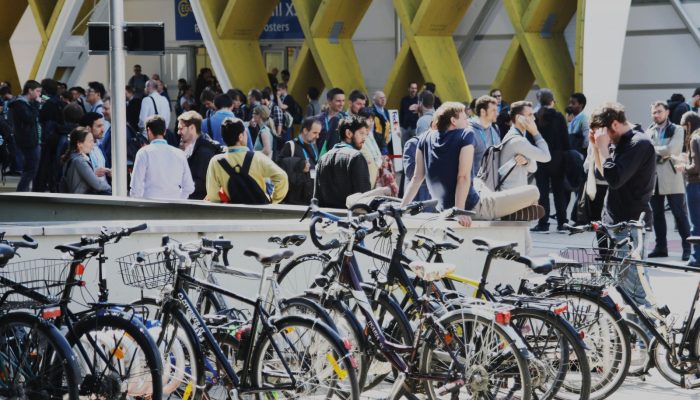The annual division meeting for Hydrological Sciences is the place to get updated on the latest developments of our division. It was great to see that hundreds of you attended. For those that did not attend (or for those that appreciate a reminder of what happened), here are some of the highlights: The Hydrological Sciences Division has a new president: Maria-Helena Ramos will serve as the preside ...[Read More]
If you didn't find what you was looking for try searching again.
Cryospheric Sciences
Image of the Week — Cavity leads to complexity
A 10km-long, 4-km-wide and 350m-high cavity has recently been discovered under one of the fastest-flowing glaciers in Antarctica using different airborne and satellite techniques (see this press release and this study). This enormous cavity previously contained 14 billion tons of ice and formed between 2011 and 2016. This indicates that the bottom of the big glaciers on Earth can melt faster tha ...[Read More]
GeoLog
First evidence of microplastics on mountain glaciers
We tend to think of glaciers as spotless pristine settings. But “if plastic is everywhere, why not on the surface of glaciers?” This occurred to Roberto Sergio Azzoni, a professor of environmental science and policy at the University of Milan in Italy, who decided to find the answer to this question for himself. At the European Geosciences Union General Assembly in Vienna, Azzoni and his team pres ...[Read More]
Hydrological Sciences
Is Mostbet the best bookmaker in India?
Mostbet is a renowned bookmaker in India that offers high odds on sporting events. Customers can access its mobile or website to place bets, while its loyalty program provides customers with free bets and bonus points. The process of registering to sign up for Mostbet in accounts is fast and simple. The process of establishing an account at Mostbet is fast and simple. Signing up Mostbet is a relia ...[Read More]
Tectonics and Structural Geology
Meeting Plate Tectonics – Eric Calais
These blogposts present interviews with outstanding scientists that bloomed and shape the theory that revolutionised Earth Sciences — Plate Tectonics. Get to know them, learn from their experience, discover the pieces of advice they share and find out where the newest challenges lie! Meeting Eric Calais Eric Calais is Professor of Geophysics and Head of the Geosciences department at the Ecole Norm ...[Read More]
Natural Hazards
InSAR Norway: the big eye on Norwegian unstable rock slopes
Marie Keiding is a researcher in the Geohazard and Earth Observation team at the Geological Survey of Norway. Together with her colleague, John Dehls, who is leading the project, she works to develop and operate the new mapping service called InSAR Norway. Before we start, let’s briefly describe what is InSAR. First, the Synthetic Aperture Radar (SAR) is a day and night operational imaging system ...[Read More]
GeoLog
In Vienna for the weekend? Here’s a taste of what’s on offer…
The General Assembly has come to an end, with only a few hours left to go. Many of the participants will make their way home over the weekend, but if you’ve chosen to stay on for a little longer, then this list of cultural activities and things to do in Vienna might just be the ticket! Have coffee, Vienna style Experience the true delights of Viennese coffee at Cafe Prükel. Strong and delicious &# ...[Read More]
Seismology
Seismology Job Portal
On this page we regularly update open positions in Seismology. Do you have a job on offer? Contact us at ecs-sm@egu.eu
GeoLog
Announcing the winners of the EGU Photo Competition 2019!
The selection committee received over 600 photos for this year’s EGU Photo Contest, covering fields across the geosciences. Participants at the 2019 General Assembly have been voting for their favourites throughout the week of the conference and there are three clear winners. Congratulations to 2019’s fantastic photographers! Imaggeo is the EGU’s online open access geo ...[Read More]
GeoLog
At the Assembly 2019: Friday highlights
The conference is coming to a close and there’s still an abundance of great sessions to attend! Here’s our guide to getting the most out of the conference on its final day. Boost this information with features from EGU Today, the daily newsletter of the General Assembly – download it here. Union-wide sessions The final day of the conference kicks off with the last two Union sessions. The first ses ...[Read More]

